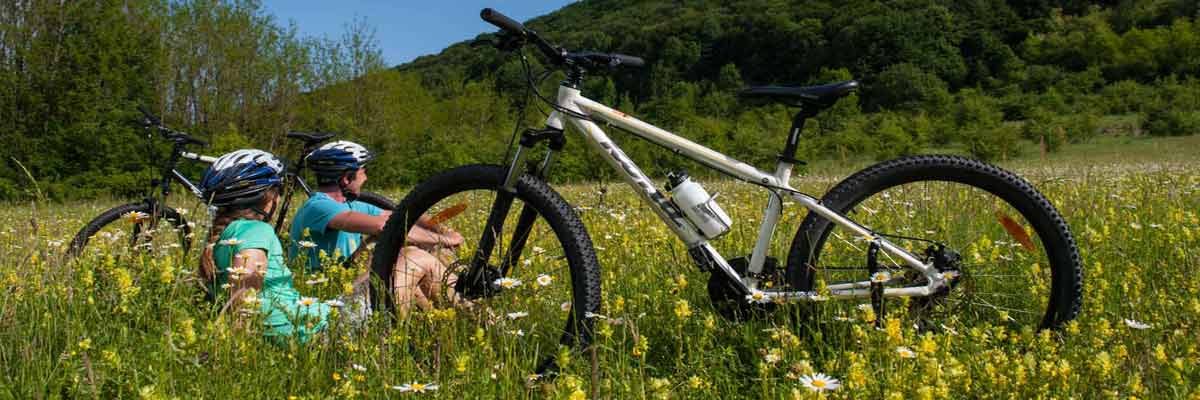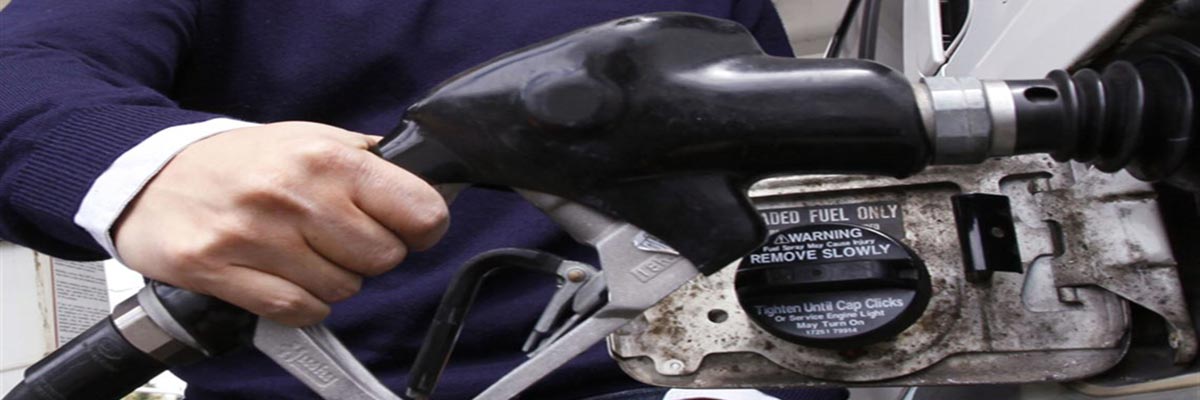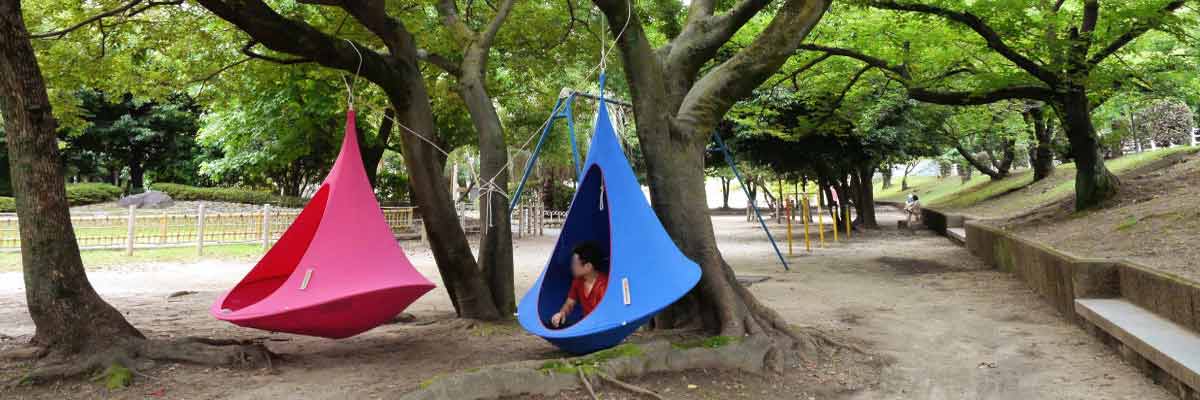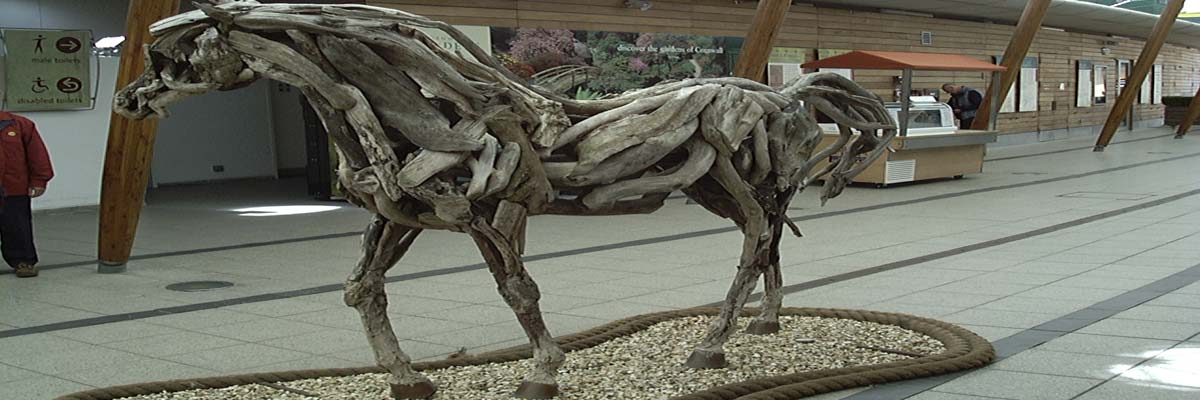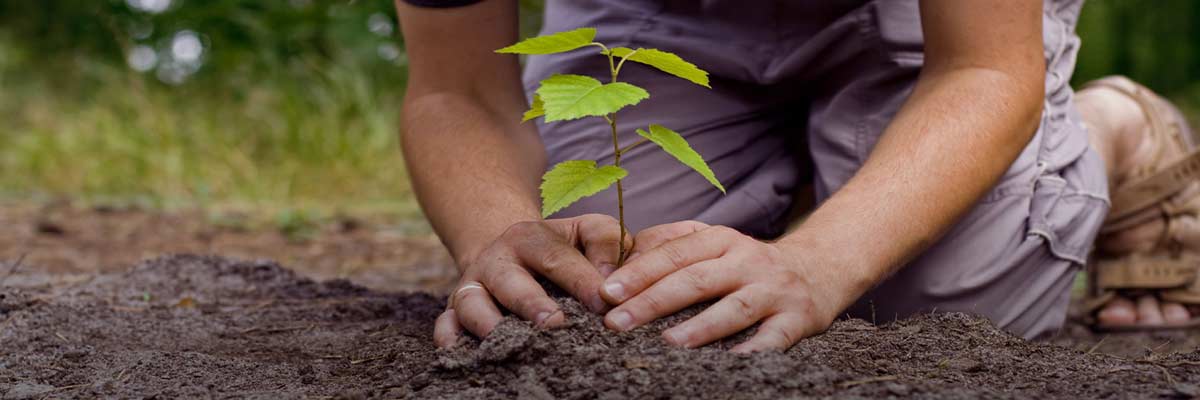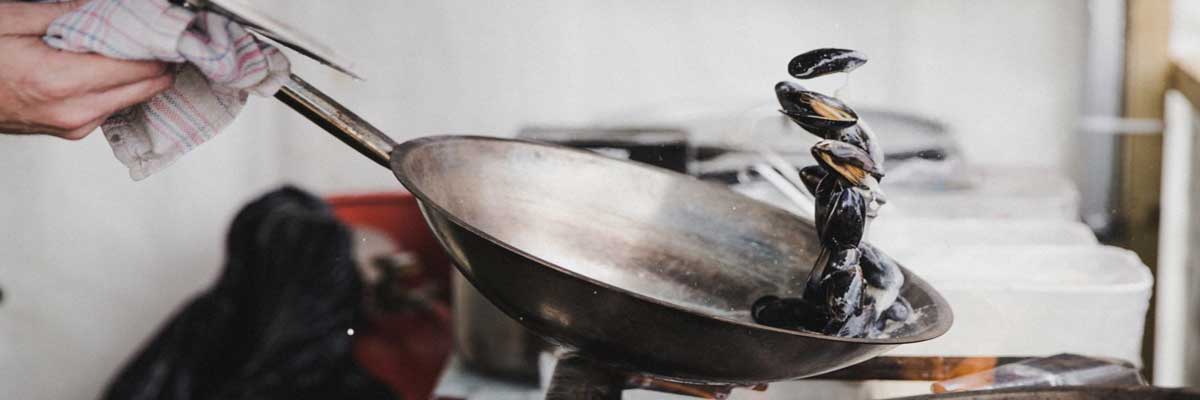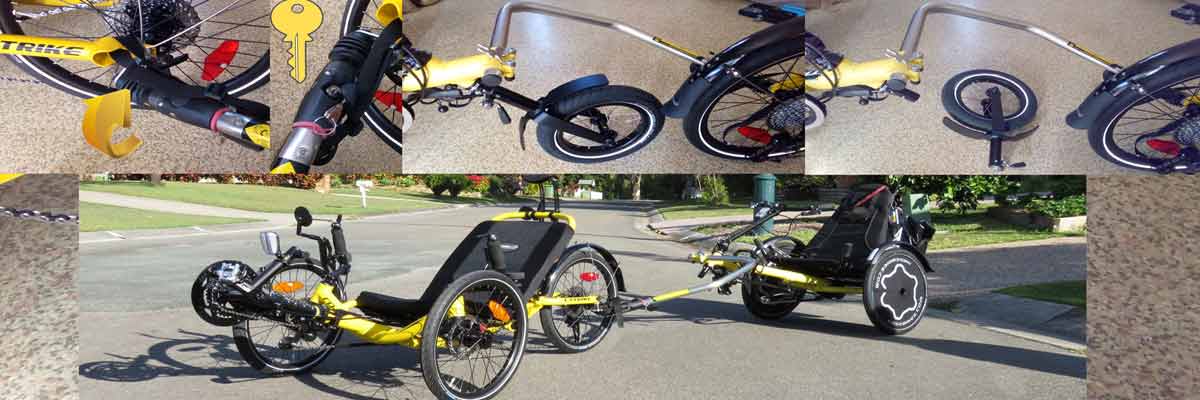Cycling…
I used to ride a motorcycle. It was a Suzuki GS 1150. That’s 1,150cc engine with 123 horsepower. Since it only had to accelerate 500 pounds, it could go from 0 to 70 in less than 3 seconds and only one gear change, which I knew from personal experience. It was the kind of bike that taunted you, that dared you to ride fast.
There was a gas station near one of my favorite riding places that sold high octane racing fuel. I loved to fill up and go for a long twisty ride. The racing fuel had a different smell, it smelled like adventure.
Riding a motorcycle is such a manual process. Between clutching, shifting, accelerating and braking, you have to use both hands and both feet. You lean into turns. Riding involves your entire body.
My motorcycle riding days ended when someone made a right turn in front of me. I was enjoying a straight road to the maximum, went around a bend and right in front of me was a car, pulling into a driveway. I would have swerved into the left lane, but there was an on coming pickup truck. My only choice was to hit the brakes. I remember seeing the horizon fly past my feet, then I landed in the gravel on the other side of the car. I walked away with a sore wrist and a scratch on my right ankle. The motorcycle never ran again.
Creative, Eco-Friendly Custom Cardboard Coffins Are Just A Click Away
We’re all about choice when it comes to death here on GroovyGreen. Sure, you don’t have much say in how you’ll go, but you can definitely make sure your exit is packaged just right. Take for instance these eco-friendly custom cardboard coffins from Creative Coffins. Each one is made from 60% recycled paper plus wood pulp sourced from sustainable forests, contains only natural starch-based glues (no screws, bolts, tape, or other fittings), handles made from natural woven cotton, and is completely non-toxic. Better yet, you can have them custom designed — or choose from any number of beautiful designs already on the site.
My favorites are the “Gone To Seed” theme or the “Box of Candy” design — mainly because it would be really funny to see some kid’s face if they thought it was a giant box of candy. Ok, probably not.
King Corn – Now Available via iTunes
The kind gentleman promoting King Corn (now out on DVD and iTunes) gave Groovy Green a complementary download of the movie via iTunes to review. I hadn’t seen the movie yet so it was a good opportunity to view the film and to try out watching a video via downloading.
First of all, downloading the film was fast and easy. I had iTunes downloading in the background while I caught up on my RSS feed, and was surprised by the speed in which the nearly 1 GB file was transferred. (For tech savvy readers: I have a high-speed cable connection, and run OS X 10.4.11 on a MacBook 1.83 GHz Core 2 Duo with 2 GB RAM). iTunes provides a quick and easy way to watch a movie. I think that this would be especially worth it on a long flight or trip. However I think that that is about the only way that it beats owning the actual DVD. There is no (legitimate) way to burn a iTunes download to a DVD to watch on your TV. Bummer. The $14.99 iTunes price did beat out the lowest DVD price that I could find at $17.99. One last benefit of downloading rather than purchasing the DVD is that is a much “greener” option. No energy or materials used to produce the media, nor fuel or effort to ship it. I imagine the trend will continue until DVD’s are things of the past.
Enough about iTunes movies, what did I think about the flick? I liked it. For those of you unfamiliar with the movie, here’s the summary:
Why Higher Gas Prices Are Making Me Smile
I’m not naive — I understand that there are severe hardships in store the longer the price of a barrel of oil soars ever higher. But here’s the thing. Every time I pass by my local gas station and see the numbers a couple cents higher than the day before, I smile. For some that might seem odd — and for those that depend on cheap oil, my sentiments are with you. Unfortunately for all of us, those unaffected and those in dire straits, this had to happen. As someone who champions sustainability day in and out, writes about political hangups to change America’s dependency on oil, and laments our lack of investment in renewable energies, this is a blessing in disguise. My only hope is that this continues — and is less of a “rubberband effect” we all experienced in the wake of Hurricane Katrina three years ago.
Why? Because if we are to shift to an economy that is truly self-sufficient and sustainable, we have to be hit hard collectively in the wallets. It’s the only way. As environmentalists, we can release movies, write articles, hold rallies, and buy all the green products in the world — but to to truly bear witness to real change, it has to come from those not directly involved. In other words, everyone must be faced with a burden. For some, climate change might be their burden and buying a hybrid vehicle or biking to work might be the solution. For others, higher gas prices which affect the bottom line might be their burden. In the end, what matters most is that it is a common hardship. Whatever the personal impact, the demanded outcome will be in unison.
Massachusetts Bakery Distributes Wheat Berries for Customers to Grow in Their Yards
Probably the coolest story in the “local food” movement that I’ve heard yet. A bakery in Massachusetts has started to distribute wheat berries (seeds) to customers to plant 100 sq. ft. plots of wheat in their yards. They plan a hand-scythed harvest in the summer. I think that this is a great idea, and it will be interesting to see how productive the 10 x 10 plots of “front yard” wheat are.
There is an NPR podcast here. And this local news story from The Recorder gives more detail:
Jonathan Stevens and Cheryl Maffei of Hungry Ghost Bakery became interested in what some are calling their ‘little red hen’ idea of giving people wheat seeds to grow locally after a New Mexico baker at a conference eight or nine years ago introduced them to bread made from locally grown grain.
Instead of baking with organic flour grown in North Dakota that gets trucked to North Carolina for milling, Stevens said, it makes much more sense to look at growing wheat and other grains nearby and milling it locally — especially since Massachusetts is believed to have been the site of North America’s first oat harvest — on the Elizabeth Islands — in 1602.
Filter For Good Earth Day Giveaway
The good folks at Brita have given Groovy Green two sets of a Nalgene Bottle and a Faucet Filtration System to give away to our readers in celebration of earth day, and as a part of their FilterForGood Pledge.
How to win: Leave a brief comment letting us know what you plan to do this Earth Day, and make sure that you tell us your email address (Email addresses are not posted online from the WordPress comment form, only the editors will see them.) Two lucky readers will be chosen at random from the comments.
Also, check out FilterForGood.com today!. Take their pledge to avoid bottle water and use a refillable container.
Feeding The Suburbs
This is the last story in our series from Wendy.
***************************************************************************************
This evening, after I read Andrew Lost on the Dog to Precious, I sat back in my bedroom and thumbed through the March/April edition of World Ark, the magazine published by Heifer International. What struck me as I read through the articles was the statistic “85% of all farms worldwide are smaller than five acres” (15). Several articles, cited the fact that most subsistence farms in Third World countries are very small – some even as small as mine.
I was surprised.
I have a book someone gave me entitled Five Acres and Independence. I’ve had it for a while, and having that book seemed to reinforce my (mistaken) notion that in order to be self-sufficient, I needed an acreage. I needed land, lots of land and the starry sky above ….
At any rate, a 1/4 acre wasn’t going to do it.
I didn’t know that a large portion of the world’s farmers are working land that isn’t much bigger than the average American suburban lot.
Love Thy Neighbor
Another in our series from Wendy.
***********************************************************************************************
I had a rather nomadic childhood. For the first eight years of my life, we moved at a rate of about once a year. Then, we were settled for about five years, but we moved again just before I started high school, and then, four years later, when I graduated from high school, I lived a transient life as a college student. Four years later, when I received my Bachelor’s degree, I moved for the next seven years, at about the same frequency as I did for the first eight years of my life – packing up my entire household and relocating every two to eighteen months.
Then, I moved with Deus Ex Machina, our two month old daughter, eight month old chow-chow puppy, and three year old iguana to Maine.
The Sustainable Suburbs: Self-Sufficiency
Another in our series from Wendy. This one is about being self sufficient on a small plot, and if you really need to be.
************************************************************************************************
Someone told me recently that I could never be self-sufficient on my quarter acre suburban lot here in southern Maine. I don’t have enough land, and I can’t build a greenhouse.
Maybe. Maybe she’s right. But just maybe ….
My hero, Dolly Freed, lived on a 1/2 acre 40 miles from Philadelphia. She and her father weren’t “self-sufficient”, in that they did depend on outside sources for electricity, water, some food items, and clothing.
The folks at Path To Freedom aren’t self-sufficient, either. They buy bulk grains for themselves, feed for their livestock, clothing, and toiletry item ingredients (they make their own, but don’t produce the ingredients on their land).
Both of those examples are people who have very little land, compared to, say the settlers in the late 1890s, who were given 160 acres, but both of those examples are also people who live with very few “modern” conveniences on very small pieces of land with very small sums of money. In fact, their incomes likely fall well below what is considered the Federal Poverty level, and by our money-centric standards should be living in squalor.
If you think so, please do spend some time at the Urban Homestead. It’s anything but squalor. They even have a televsion, although I don’t believe they watch it very often, and they, obviously, have an Internet connection. While you’re at it, you should also, really, try to find a copy of Possum Living. It’s amazing what can be done, and how little cash one actually needs to live a very fulfilling life.
The Sustainable Suburbs: Fowl Language
Another story in our series from Wendy. This one has some nuts and bolts about the cost of keeping chickens in your backyard.
************************************************************************************************
I live in the suburbs. Mine may not be a “typical” suburban neighborhood – my house was not part of a “planned” subdivision, although a subdivision plan was filed with the town for the road on which I live.
There’s also a planned subdivision across the road from me. The house lots are each a 1/2 acre. There’s another planned subdivision going in right down the road from me. I know the owner of the property. He’s my neighbor and owns the garden center next door.
About a 1/2 mile up the road from me is another family who also has chickens. I think they might also have bees.
This is a residential area. It’s a suburb. With the exception of my home business, the few other home-based workers and the garden center, there are no shops or other stores – just a bunch of houses from Route One until the grocery store that is the beginning of the town proper.
There Was No Fat Lady Singing
The next in our series from Wendy.
********************************************************************************************
We watched the movie The End of Suburbia last night. I’ve been waiting a long time to see the film, but after having seen it, I’m actually glad that I didn’t have the opportunity to see it sooner. I like the timing of it all. Here, I’ve planned this series of posts about why we should stay in suburbia, and then the movie comes in the mail. It seems almost too fortuitous, almost fated.
Deus Ex Machina wasn’t as enthusiastic about the movie as I was (when he saw what it was he grumpled something about it being more of that fundamentalist crap). I asked Deus Ex Machina what he thought about the film after we watched it, and his response was, “They didn’t say anything new.”
Basically, the movie was a history of how our country adopted a suburban mindset. The original idea behind the suburb was to give city-dwellers the opportunity to move outside of the crowded and dirty environment of the newly industrialized cities into a cleaner community, usually consisting of residential housing with no industry or retail outlets within close proximity to where people lived. The hope was to give people a “taste” of country living.
Pass The Scoop, I Likes Me Some Ice Cream With My Cake
The next in our series from Wendy.
***************************************************************************************
I was supposed to be commenting on the Suburban Lawn of the Future, but I’m having trouble with that topic.
Ask me why.
Okay, I’ll tell you.
I live in Maine, and right now we’re under a foot-deep, concrete-hard blanket of ice and snow, which is not unusual for February in Maine, but it makes thinking about what my garden might look like in the spring a little difficult. Some of my favorite bloggers are starting seeds right now, and from my experience as a gardener in this part of the country, it’s still too early to even do that. The traditional planting date for Maine is Memorial Day – still three full months away (and I learned the hard way not to flout the wisdom of waiting until then).
Instead I hope I can talk convincingly about why, if you already live in the suburbs, keeping your house is a better option than running wildly into the woods, and I’ll be making the assumption that your house in the suburbs carries a mortgage AND that if you found a house in the country, you would also have a mortgage.
In a survival situation, experts stress that the first order of business is finding shelter. Most people freak out and rush around trying to get food. Read More
A Rose by Any Other Name
The next installment in our series from Wendy.
***************************************************************************************
What is a suburb?
As I was thinking about this post, I started having a really hard time defining what a suburb is. I mean, we all know what it is, right? It’s a planned, homogenized community with plastic-looking houses and artificially green lawns sporting pink flamingoes and rusty swingsets.
But if my goal is to defend suburban life and explain why I think people who live in suburbs have as good a chance of surviving the apocalypse as the people in the country who have a bajillion acres of land and an abundance of natural resources at their disposal, or people in the city who can combine or eschew resources such as transportation and heating, I can’t very well use that definition ![]() .
.
I googled the term and found this definition: town or unincorporated developed area close to a city. Suburbs, since they are largely residential, are usually dependent on a city for employment and support services and are generally characterized by low-density development relative to the city.
I think that pretty well explains what a suburb is, but again, if suburban dwellers are “dependent” on the city for support services and employment, then any illusion of self-sufficiency is immediately negated, by definition.
In short, by using either definition, when it comes to the apocalypse, we suburbanites are screwed.
So, let’s focus on what suburbanites have that is unique to their particular habitat, and might, with a little imagination, be used to their advantage.
1. Suburban homes have a yard space, usually between 10,000 and 40,000 sq ft. Not a lot, but more sometimes just means “more”, which isn’t always better.
2. Suburbs are “close” to amenities. While “close” really is subjective, and some people would say that anything within a 50 mile radius qualifies, I (and most of my suburban neighbors) would classify close as within walking distance. It would take me two to three hours to walk to Portland. It would take about an hour to walk to downtown Biddeford (Portland and Biddeford are the largest and the fifth largest cities in the state of Maine, respectively).
3. Suburban homes are usually single-family homes. People who escape to the suburbs want to have some sense of privacy, but recognize that being interdependent might not be such a bad thing.
4. Suburbs do not, typically, have any businesses (except for the occasional “home business”, that usually doesn’t attract on-site clients).
In other words:
If you measure your property by square feet rather than acres, you might be a suburbanite.
If you need extra storage space to house your lawn care apparatus and outdoor furniture, you might be a suburbanite.
If you live close enough to school to walk, but far enough away for them to send the bus, you might be a surburbanite.
If the only bus that comes to your neighborhood is the school bus, you might be a suburbanite.
If you could walk to town for the gallon of milk you need, but choose to drive, because it’s more than a mile, and that’s just too far to walk with those little kids, BUT you don’t think twice about putting on your sneakers and dropping little Sally into the jogging stroller and walking around the neighborhood for some exercise, you might be a suburbanite.
If you drive more than two miles, but less than ten, to buy plastic crap from China, you might be a suburbanite.
If there is no “corner store” in your neighborhood, you might be a suburbanite.
If you’re close enough to see the dirt on your neighbors’ windows, but need binoculars to see what’s on their big screen television, you might be a surburbanite.
If there is anything called a cul-de-sac in your immediate neighborhood, you might be a surburbanite.
If you live in a cul-de-sac … you are a suburbanite.
Avoid the extremes and converge in the middle.
That’s the suburbs.
Suburbs are the happy medium between country life and city life.
Up Next: Mary, Mary Quite Contrary: The Suburban Lawn of the Future
Oh, Give Me a Home…
Wendy, who writes an interesting blog, has been working through the pros and cons of living in the suburbs as we approach the Peak Oil energy descent. What I find most compelling about his discussions is that she is like any of us. She’s struggling to figure out if the suburbs are her home, or if she needs a house and some land to survive. While she talks about it she walks you through her thinking. Whether you agree with it or not, she make some compelling arguments. She has been kind enough to allow us to bring her serious of posts over to our site to share with a bigger world, which I will be doing over the next few days.
*******************************************************************************************
Today was a holiday. Seriously. It’s like President’s Day or something, I think. Anyway, my client’s office wasn’t open today, which means my normal “work day” was spent doing not much of anything. I sat on the computer most of the day … well, not “on” the computer, because that would have been very uncomfortable, and, well, I’m not sure my computer would have been able to support my weight – not that I’m big or anything.
Treepee: A Tent That Truly Belongs In The Trees
If you’ve ever wanted to avoid contact with earthly critters or simply understand what it’s like to be a piece of fruit, the Treepee looks to be a pretty good way to do it. Just hang the tent from a sturdy tree, secure the corners, and you’ll be swaying pretty. From the description:
Four tethers, one on each corner, allow the Treepee to be secured for a less mobile ride. Bug nets on the windows allow air to circulate without letting any little critters in. The fabric is fire retardant, water repellent and PU Coated. The fabric has a UV protection factor of 50+. There are pockets on the inside for storage and a bag on a pulley which allows essential supplies to be hauled up into the ‘den’.
Want one? Start saving — the thrill of hovering will cost you about $600. But hey — at least you’ll be safe while your friends are carried away by fire ants.
The Green Picture: Amazing Recycled Drift Wood Horses

If you looked quick enough, you might be mistaken that this is a real horse. Instead, it’s a sculpture put together with pieces of recycled driftwood. The work is the result of artist Heather Jansch — who specializes in art created with driftwood and bronze.

Boycott The 2008 Beijing Olympics
Later this year the 2008 Olympics will open in Beijing, China. When that happens, a country with both serious environment problems and a pattern of widespread social injustice will be given international attention. If the Chinese government has its way, that country will not be portrayed as a contaminated badland where political repression and established censorship smothers its citizens. It’ll be best faux foot forward as the world looks on, or perhaps better phrased, looks away as a deeply flawed nation tries to avoid criticism for its abominable record on the environment and human rights. The International Olympic Committee opposes a boycott as does the Bush Administration. And you can be sure that corporate sponsors of the Games will not advocate such a move unless more consumers, or ah citizens support a boycott. Until then they “are trying to appear sensitive while arguing that the Games should not be politicized. So much for corporate leadership. Again it looks like no real change will happen unless public sentiment develops in support of directly addressing the record of China and its policies of devastation during past decades.
Eco-Libris, Plant a Tree for Every Book You Read
According to the Eco-Libris 20 million trees for virgin paper used for the production of books sold in the U.S. alone. That’s a lot of trees… In an effort to help you pay back Mother Nature, Eco-Libris will plant a tree for each book you decide to ‘balance out’. Planting 10 trees costs $10, to ‘balance out’ 10 books. Eco-Libris works with planting partners to plant trees in developing countries.
“Our planting partners are organizations that work in developing countries. Their planting and conservation activities are an integral part of their efforts to help local communities in these countries move towards a sustainable future. We make sure that your trees will be planted where they provide significant value for both the environment and the local communities, who are very much involved and play an important part in the planting projects.”
For every book you ‘balance out’ you receive a sticker made of recycled paper, to mark the book as part of you effort to act in a sustainable way. When you are done reading the book trade it on BookMooch.
Cutting Down on Cooking Costs: Green SAHM’s Got Some Tips
Green SAHM is one of my favorite blogs in my RSS reader. Her latest post is on saving energy when cooking. Tips vary from keeping a lid on the pot on the stove, to analysis of energy costs of different cooking methods (microwave, electric oven, gas oven, slow cooker. Definitely worth a look!
From How to Use Less Energy While Cooking
The Dog-Powered Recumbent Trike Harnesses Man’s Best Friend
We’ve heard of dogs dragging humans through the wintry depth of the Alaskan wilderness, but this is the first engineered dog-powered trike I’ve ever laid eyes on. Inventor Mark Schuette expanded upon the idea of the dog-powered scooter (yes, it too exists) and used the “dog behind a steering wheel” configuration with ‘the added stability offered by a sit-down trike design and twice the steering power and braking power of the scooter.’ From the article,
The original scooter enables the human to ride standing up whilst the dog is harnessed into a frame and subject to steering and braking. As the scooter requires the rider to stand upright and balance it was not particularly appealing to some users (such as the elderly or physically handicapped). The new trike adopts a tadpole design (two wheels in front) and has a harness space for a dog on each side of the rear wheels. Schuette’s inventions are the first dog pulled devices to place the dog behind a steering wheel. This is designed to give the rider precision steering control of the dog making it easier and safer to ride in an urban environment.
It should be noted that while there are two spaces for more than one dog, it’s not absolutely necessary to employ 8 paws of power. Additionally, the human-powered pedal option means Fido and Spike won’t have to drag your ass around all by themselves. There’s also a fender kit included to protect the pooches from coming into contact with the rear spokes; or I imagine small rocks and such.
